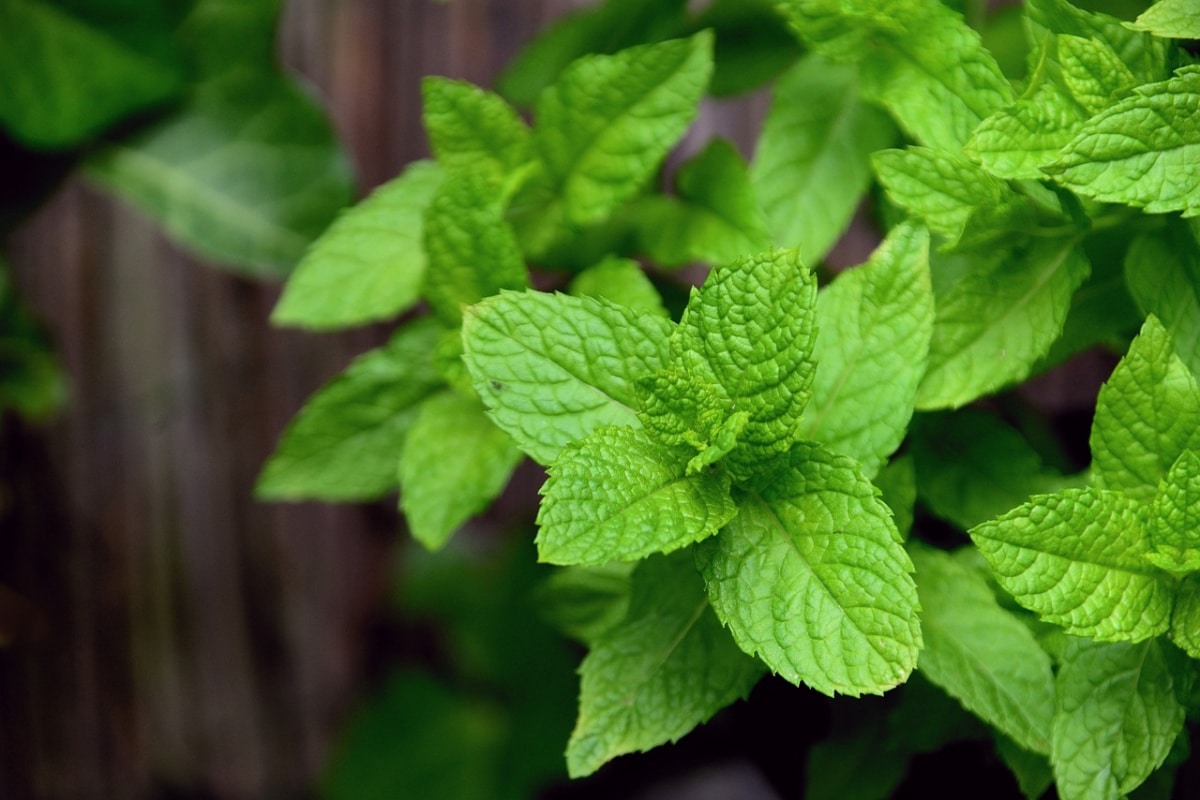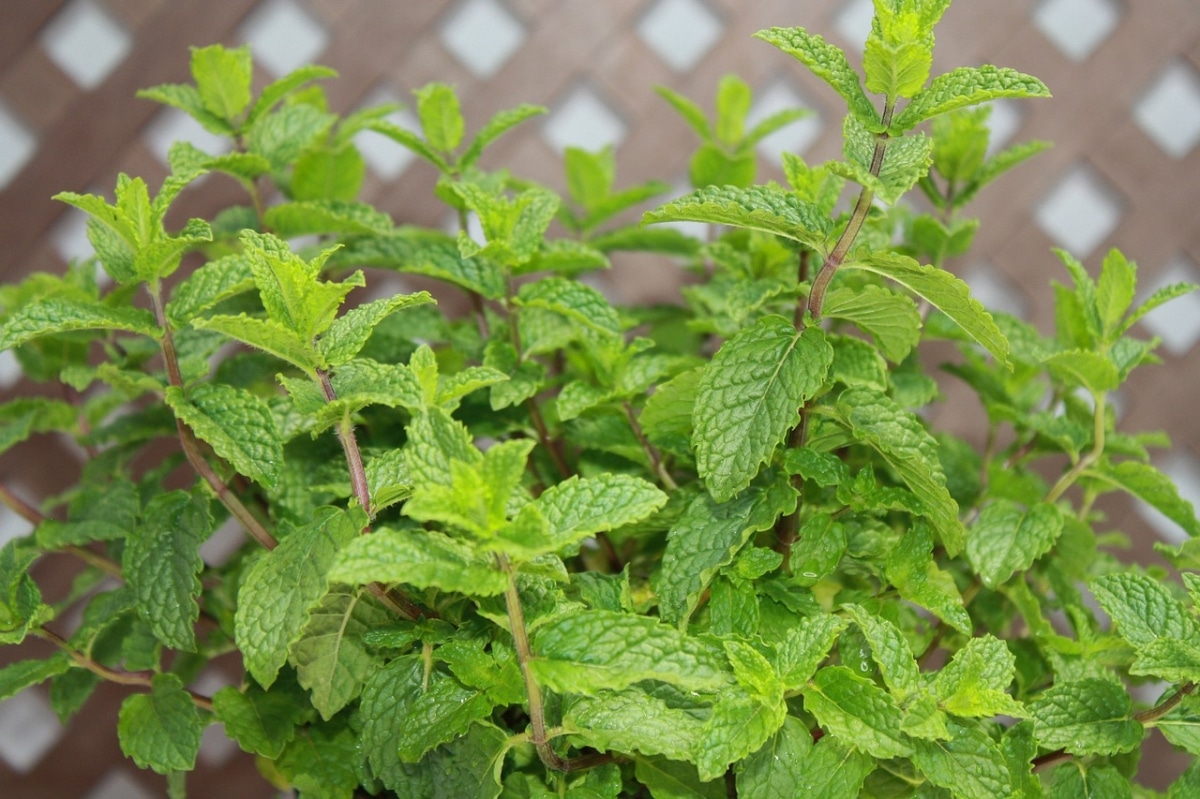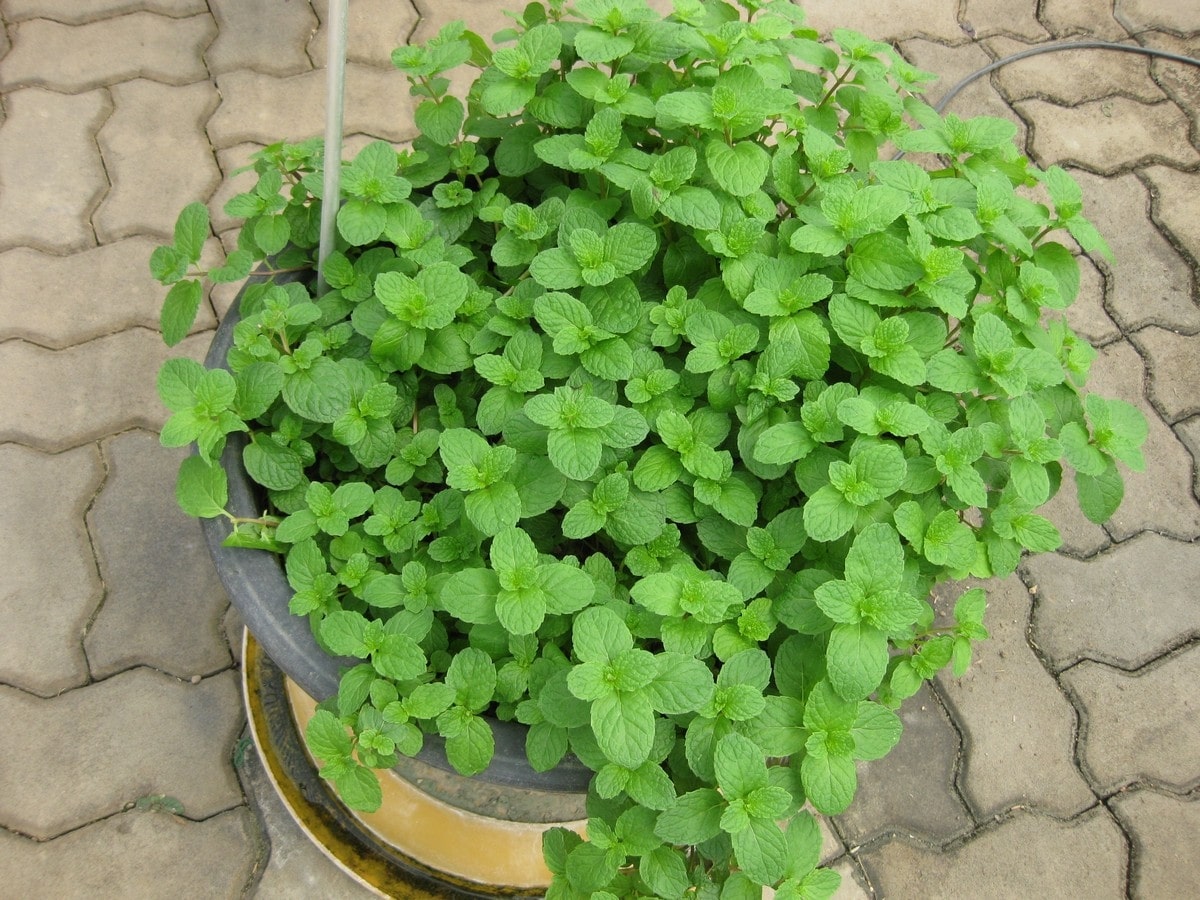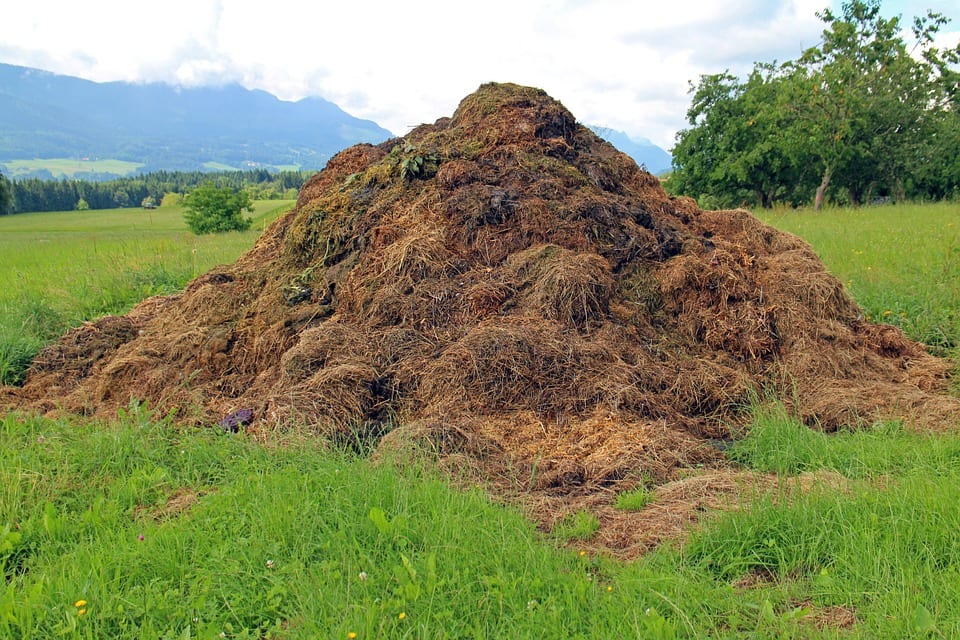
Peppermint is an aromatic that resists drought very well; in fact, it is one of the most recommended herbs to grow in places where it rains little. But perhaps that is why we find it so striking to see that its leaves turn yellow for no apparent reason, since we are really talking about a plant that is easy to care for.
So if you want to know how can you recover a peppermint with yellow leaves, then we will tell you everything you need to know to achieve it.

There are several reasons, so we will see them in detail in order to better identify the symptoms and their origin. In addition, it will also be very useful to know what measures must be taken so that the plant is healthy and green again:
- Lack of water
- Excess of water
- Needs a bigger pot
- Manure or fertilizer overdose
Lack of water
La mint it resists drought quite well; Nevertheless, It is important that the humidity of the soil is checked since it would have problems if it did not receive water for a long time, especially if it is growing in a pot and not in the ground. And it is that when it is grown in a container, the soil takes much less time to dry.
So if we see that the new leaves are turning yellow, we can suspect that they are thirsty. If we also notice that the soil is dry, and if when we pick up the pot -if we have it in one- it weighs little, we will have to water it. Now, if it is difficult for it to absorb water, it is best to aerate the soil a little with the help of a garden awl, or if it is in a pot, put a saucer filled with water under it.
Excess of water
Now let's move on to talking about overwatering. This is what causes the most serious problems for peppermint, since it is a plant that is not prepared to grow in soils that are always very humid. Thus, when it gets more water than it needs, the older leaves start to turn yellow, and then the whole plant starts to look bad. In more serious cases, fungus, such as mold, can appear both in the soil and on the mint itself.
What to do? What we will do is apply multipurpose spray fungicide (you can buy it No products found.), and then stop watering. It is urgent to treat it against fungi, since once they appear it is difficult to eliminate them. For this reason, then you have to wait for the soil to dry before watering again, as this will help undo the attack of these microorganisms, or at least slow down their advance, something that in turn would give the fungicide time to combat them.
If we have it in a pot, it is highly recommended to remove it from it, and wrap the earthen bread (root ball) with absorbent paper. We will leave it in a dry and protected place overnight, and the next day we will plant it in a new pot that has drainage holes with universal growing substrate such as the BioBizz brand (for sale here). And we will water after a week or so.
From then on, it will have to be done about 2 times a week in summer, and once a week the rest of the year, always pouring the water on the ground, avoiding wetting the leaves.
Needs a bigger pot

Image - Wikimedia / Raffi Kojian
Peppermint is a relatively small plant, so it can be planted in small pots. However, if kept in one for many years, the roots run out of space and nutrients, whereupon the leaves turn yellow.
Therefore, at least once every 3 years we have to remember to see if the roots come out of the drainage holes, since in that case we will have to plant it in a larger one, spring being the best time to transplant it. When the time comes, we will use universal crop soil or for green plants, so we will ensure that it does not lack nutrients during a season.
Manure or fertilizer overdose
When we want to fertilize a plant, or apply fertilizer, it is very important to read the instructions for use and follow them to the letter, since if we exceed the indicated dose, the roots will have a bad time, and consequently, the leaves will turn yellow and then brown. So if we suspect that the peppermint has problems due to an excess of product, regardless of whether it is compost or fertilizer, what we will do is irrigate -only with water- to try to clean it.
Leaves may continue to die, as roots may be badly damaged. But if the health of the plant is not very serious, that is, if it still has many healthy stems and leaves, it can recover.

We hope that now you can know what to do with your mint if it has turned yellow.